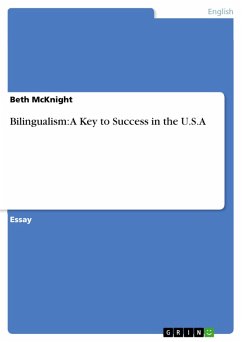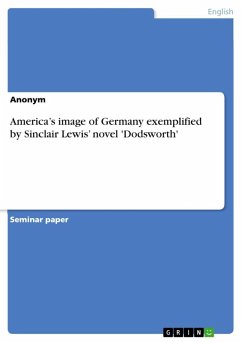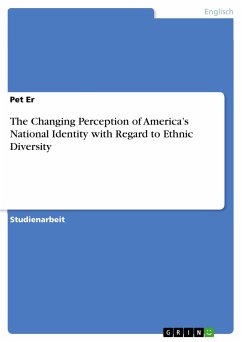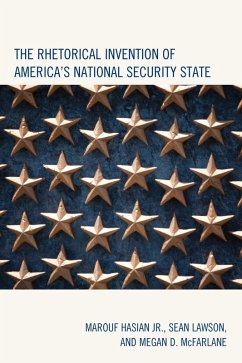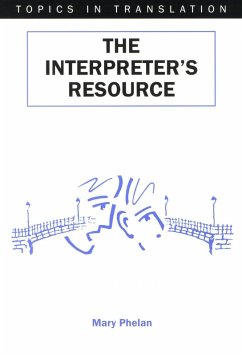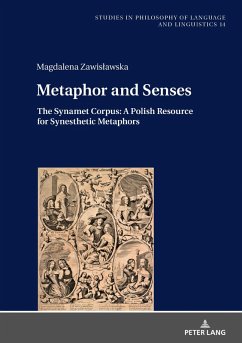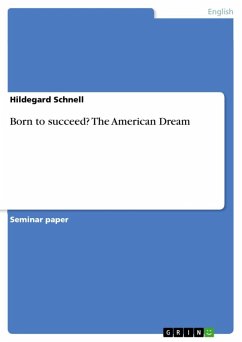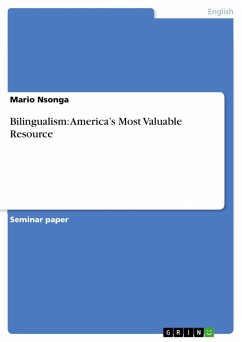
Bilingualism: America's Most Valuable Resource (eBook, ePUB)

PAYBACK Punkte
0 °P sammeln!
Seminar paper from the year 2011 in the subject American Studies - Linguistics, grade: 3,0, Johannes Gutenberg University Mainz (Department of English and Linguistics), course: Regional and Social Varieties of American English, language: English, abstract: Being herself a nation of immigrants, the United States did not acknowledge her special character and lasting influx of immigrants until 1968 with the legislation of the Bilingual Education Act, making the first move towards an education policy, which shows consideration for limited-English-proficient and non-English speaking schoolchildren....
Seminar paper from the year 2011 in the subject American Studies - Linguistics, grade: 3,0, Johannes Gutenberg University Mainz (Department of English and Linguistics), course: Regional and Social Varieties of American English, language: English, abstract: Being herself a nation of immigrants, the United States did not acknowledge her special character and lasting influx of immigrants until 1968 with the legislation of the Bilingual Education Act, making the first move towards an education policy, which shows consideration for limited-English-proficient and non-English speaking schoolchildren. Thus, the U.S. is confronted with the challenge of enabling those children to speak English fluently. A variety of disjunctive studies and opinions exist whether or not bilingual education is an effective method for the English language acquisition and the resulting successful integration of immigrant children into American life and society. Interestingly enough, this heated debate continues to this date. Having realized the demographic change towards a predominantly Spanish speaking population, many states in the U.S. have already reacted to the imminent upheaval by providing bilingual (English/Spanish) services and documents at federal institutions. The following paper will demonstrate the urgency and validity of the bilingual education approach by highlighting its effectiveness and benefits for a multicultural and plurilingual American society, spending special attention to the Californian educational situation.
Dieser Download kann aus rechtlichen Gründen nur mit Rechnungsadresse in A, B, BG, CY, CZ, D, DK, EW, E, FIN, F, GR, HR, H, IRL, I, LT, L, LR, M, NL, PL, P, R, S, SLO, SK ausgeliefert werden.




